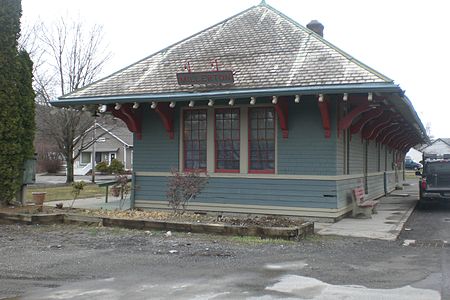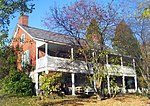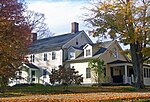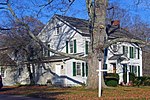Millerton station
1852 establishments in New York (state)Former New York Central Railroad stationsFormer railway stations in New York (state)North East, New YorkRailway stations in Dutchess County, New York ... and 4 more
Railway stations in the United States closed in 1972Railway stations in the United States opened in 1852Transportation in Dutchess County, New YorkUse mdy dates from November 2020

The Millerton station is a former New York Central Railroad (NYC) station on the NYC's Harlem Division that served the residents of Millerton, New York.
Excerpt from the Wikipedia article Millerton station (License: CC BY-SA 3.0, Authors, Images).Millerton station
John Street, Town of North East
Geographical coordinates (GPS) Address Nearby Places Show on map
Geographical coordinates (GPS)
| Latitude | Longitude |
|---|---|
| N 41.9539 ° | E -73.5115 ° |
Address
John Street 1
12546 Town of North East
New York, United States
Open on Google Maps






